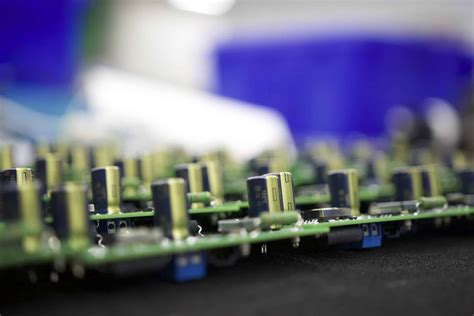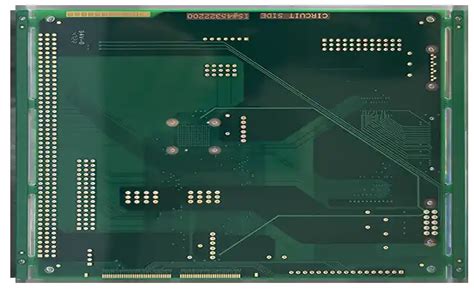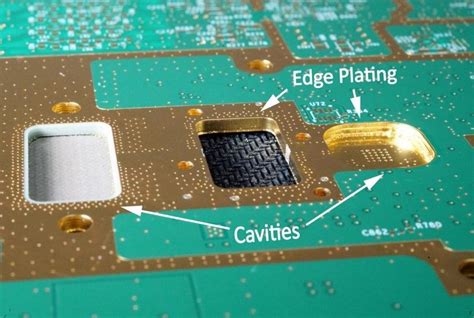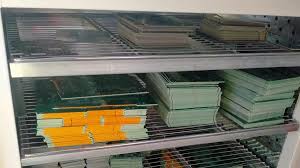PCB Thickness and Parameter Determination: A Comprehensive Guide
Introduction
Printed Circuit Boards (PCBs) form the backbone of modern electronics, providing mechanical support and electrical connections between components. Among the various design considerations for PCBs, board thickness stands as one of the most critical parameters that significantly impacts the performance, reliability, and manufacturability of the final product. This 2000-word article explores the intricacies of PCB thickness determination and related parameters that engineers must consider during the design phase.
Understanding PCB Thickness Fundamentals
Standard PCB Thickness Options
The electronics industry has established several standard thicknesses for PCBs through years of evolution and standardization:
- 0.8 mm (0.031 inches): Common in consumer electronics where space constraints are critical
- 1.0 mm (0.039 inches): A balance between rigidity and space savings
- 1.2 mm (0.047 inches): Popular in industrial applications
- 1.6 mm (0.063 inches): The most common standard thickness, offering good mechanical strength
- 2.0 mm (0.079 inches): Used in applications requiring extra rigidity
- 2.4 mm (0.094 inches): Common in high-power or high-vibration environments
- 3.2 mm (0.125 inches): Used in specialized industrial or military applications
Layer Count and Thickness Relationship
PCB thickness varies significantly with layer count:
- Single-layer PCBs: Typically range from 0.8 mm to 1.6 mm
- Double-layer PCBs: Commonly 1.0 mm to 2.0 mm
- Multilayer PCBs (4-12 layers): Usually 1.2 mm to 3.2 mm
- High-density interconnect (HDI) PCBs: Often thinner, ranging from 0.2 mm to 1.0 mm

Key Factors Influencing PCB Thickness Selection
1. Mechanical Requirements
The mechanical demands of the end application significantly influence thickness choice:
- Rigidity Needs: Thicker boards (≥1.6 mm) better resist bending and vibration
- Size Constraints: Compact devices often require thinner PCBs (0.8-1.2 mm)
- Mounting Requirements: Connectors and components may dictate minimum thickness
- Weight Considerations: Aerospace applications often prioritize thinner, lighter boards
2. Electrical Performance Considerations
PCB thickness affects several electrical parameters:
- Impedance Control: Thinner dielectrics allow better control of high-speed signals
- Current Carrying Capacity: Thicker copper layers (2 oz+) require thicker boards
- High-Frequency Performance: Thinner substrates reduce parasitic effects at RF/microwave frequencies
- Voltage Isolation: High-voltage applications need sufficient thickness for creepage/clearance
3. Manufacturing Constraints
Fabrication limitations impact thickness options:
- Drilling Aspect Ratio: Standard drills can typically handle 8:1 (hole diameter to board thickness)
- Lamination Process: Multilayer boards require careful thickness planning
- Copper Weight: Heavier copper (3 oz+) may necessitate thicker cores
- Available Material Stock: Common prepreg and core thicknesses influence final board thickness
PCB Thickness Parameter Calculations
Impedance Calculation Considerations
Controlled impedance traces require precise thickness management:
Z₀ = (87/√(εᵣ+1.41)) × ln(5.98H/(0.8W+T))Where:
- Z₀ = Characteristic impedance (Ω)
- εᵣ = Dielectric constant
- H = Dielectric thickness (mm)
- W = Trace width (mm)
- T = Trace thickness (mm)
Current Carrying Capacity Calculations
PCB thickness affects current handling:
I = k × ΔT⁰·⁴⁴ × A⁰·⁷²⁵Where:
- I = Current (A)
- k = 0.048 for outer layers, 0.024 for inner layers
- ΔT = Temperature rise (°C)
- A = Cross-sectional area (mil²)
Thermal Expansion Considerations
Different materials expand at different rates:
ΔL = α × L₀ × ΔTWhere:
- ΔL = Length change
- α = Coefficient of thermal expansion (CTE)
- L₀ = Original length
- ΔT = Temperature change

Advanced Thickness Considerations
High-Speed Design Implications
For high-speed PCBs (≥1 GHz):
- Thinner dielectrics (0.1-0.2 mm) improve signal integrity
- Tight thickness tolerances (±5%) critical for impedance control
- Low-Dk materials often require thickness adjustments
HDI and Flexible PCB Thickness
Specialty PCBs have unique thickness requirements:
- HDI PCBs: 0.2-0.8 mm typical, with microvias requiring thin dielectrics
- Flex PCBs: 0.1-0.3 mm common, with polyimide layers as thin as 25 µm
- Rigid-Flex: Combines thick rigid sections (1.0-2.0 mm) with thin flex areas
Thermal Management Considerations
Thickness impacts thermal performance:
- Thicker boards (≥2.0 mm) can incorporate thermal vias more effectively
- Metal-core PCBs use thickness to optimize heat dissipation
- Thermal relief patterns may require specific thicknesses
Manufacturing Tolerances and Thickness Variations
Understanding typical tolerances:
- Standard PCBs: ±10% thickness tolerance
- Precision PCBs: ±5% or better for impedance-critical designs
- Multilayer variation: Layer-to-layer thickness may vary by ±7%
Factors affecting final thickness:
- Copper plating variation
- Prepreg resin flow during lamination
- Pressing parameters and temperature profiles
Material Selection and Thickness
Common PCB materials and their thickness implications:
- FR-4 Standard
- Range: 0.1 mm to 3.2 mm typically
- Dk: 4.2-4.8, loss tangent 0.02
- High-Tg FR-4
- Better thickness stability at elevated temperatures
- Common in multilayer boards
- Rogers Materials (High-Frequency)
- Thinner options available (0.05 mm+)
- Tight thickness control for RF applications
- Polyimide (Flex)
- Thin options down to 25 µm
- Excellent thickness uniformity
Design Guidelines for Optimal Thickness Selection
General Recommendations
- Standard Applications: Default to 1.6 mm unless specific requirements exist
- Space-Constrained Designs: Consider 1.0 mm or 0.8 mm
- High-Reliability Applications: 2.0 mm or thicker for mechanical robustness
- High-Speed Designs: Optimize thickness for impedance control (often 0.8-1.2 mm)
Checklist for Thickness Determination
- Verify component lead lengths and mounting requirements
- Check connector specifications for thickness constraints
- Calculate impedance requirements for critical traces
- Evaluate mechanical load and vibration requirements
- Consider thermal management needs
- Verify manufacturing capabilities for chosen thickness
- Check enclosure/fitting constraints
Future Trends in PCB Thickness
Emerging technologies are pushing thickness boundaries:
- Ultra-Thin PCBs: <0.2 mm for wearable electronics
- Embedded Components: Allowing thickness reduction by eliminating discrete parts
- Advanced Materials: Enabling better performance at reduced thicknesses
- 3D Printed Electronics: Potential for customized thickness profiles
Conclusion
PCB thickness determination represents a critical balancing act between mechanical requirements, electrical performance, thermal considerations, and manufacturing constraints. By understanding the fundamental relationships between thickness and various performance parameters, designers can make informed decisions that optimize their PCB designs for specific applications. As electronics continue to evolve toward higher performance in smaller form factors, the importance of precise thickness control and parameter optimization will only increase, making this knowledge essential for all PCB designers and engineers.
The selection process should always begin with a thorough analysis of application requirements, followed by careful consideration of manufacturing capabilities and cost constraints. By methodically evaluating each factor discussed in this article, engineers can arrive at the optimal PCB thickness that ensures reliability, performance, and manufacturability for their specific design.






